The trends and trials to expect in 2022
Welcome to 2022—it’s set to be a thrilling ride. In the wake of nearly two years of what most business owners would label less-than-ideal, the automotive aftermarket—and global population, really—are more than ready for some excitement.
Lucky for the collision repair sector, it appears this year is set to bring an onslaught of trends. From insurance-driven claims to the continued rise of advanced driver assistance systems and—gulp—electrification, check out what the collision industry’s experts are predicting for the 12 months ahead.
 EXPECT SHRINKAGE
EXPECT SHRINKAGE
Consolidation—have you heard of it?
Jokes aside, any member of the collision repair aftermarket knows that consolidation has been a rising trend for the last decade. While some mergers and acquisitions analysts whispered hypotheses of a cooling market back in 2019, the pandemic squashed any chance of slowed consolidation in the collision repair market.
According to Frank Terlep, the founder and CEO of AutoTechcelerators, factors like the skills shortage and modern vehicle repairs will drive collision centres to sign to larger networks.
“With repair complexity increasing, the technician shortage, the increasing cost of training, equipment and OE certifications combined with record-high valuations, I believe ‘the big’ will continue to get bigger, faster,” Terlep wrote in a December 2021 blog post. “This ongoing consolidation will also affect insurers, paint companies, paint distributors, equipment suppliers, associations, industry consultants, industry 20 groups and more.”
 WHEN LIFE GIVES YOU LEMONS
WHEN LIFE GIVES YOU LEMONS
According to Cox Automotive’s predictions for 2022, the value of used vehicles will depreciate following the spring.
In 2021, with new vehicle inventories at historic lows across North America, used vehicle demand saw massive upticks; as did much of Canada’s recycled auto parts sector. At auctions, used vehicle values set new records every month in Q4 2021, according to the Manheim Used Vehicle Value Index. In September 2021, the CBC reported that used vehicle prices were up somewhere between 14 to 25 percent across Canada.
In short, if there’s a used vehicle you’ve been hanging on to for no particular reason…check how much you can get for it before the market cools off. It might just be worth it.
 GET YOUR ADAS IN GEAR
GET YOUR ADAS IN GEAR
Another prediction by Terlep is that the advanced-driver assistance system and calibration segment of collision repair will be the fastest-growing business vertical in 2022.
“With the ADAS-equipped car parc increasing to more than 90 million vehicles [in North America] and the ongoing technician shortage, the need for companies that specialize in ADAS services and calibrations will increase dramatically,” wrote Terlep in his blog post. “Most consolidators have figured this out and acquired companies [in the space].”
Terlep also cautions that the aftermarket shouldn’t be surprised to see more major consolidators picking up ADAS service and calibration companies to service the collision centres they acquire. “The number of local and regional MSOs that launch a new company/ division to deliver these services to their locations will grow dramatically,” he said.
 MORE THAN EVER BEFORE
MORE THAN EVER BEFORE
The electric vehicle segment experienced growth in 2021—albeit only 3.5 percent from 2020. Nonetheless, the segment continues to blossom, especially with the Canadian government’s goal to end gas-powered engine sales by 2035.
At the end of December, Toyota Canada said it sold 62,460 electrified vehicles in 2021, representing 27.7 percent of its total sales for the year.
Despite the efforts of other automakers like Ford with its Mustang Mach-E and incoming F-150 Lightning, Tesla remains the dominant brand in the pure EV market, though the others are driving significant growth; namely Volkswagen, Kia and Hyundai with their EV and hybrid pushes.
The Canadian government continues to push for electric vehicles over internal combustion engines, with an 11-cent-per-litre carbon tax increase on April 1, 2022—the third increase issued amid the pandemic.
 HOWDY, PARTNER
HOWDY, PARTNER
Hand-in-hand with ADAS technologies and the rise of electric vehicles, OEM certifications will continue to rule the roost in 2022. Several automakers—Lucid, Rivian and General Motors—have already emphasized that step-by-step guidelines will be integral in completing repairs on electric vehicles. As such, acquiring and maintaining OEM certification standards will be key to surviving the future of collision repair.
Moreover, Terlep predicts that more and more automakers will shorten their lists on who they’re willing to sell parts to, thanks to the popularity of OEM certifications.
 ARTIFICIALLY YOURS
ARTIFICIALLY YOURS
Two American insurers, Root Insurance and GEICO, recently committed to using Tractable’s artificial intelligence (AI) platform to double-check estimates. According to Terlep’s predictions, “image-based estimating and AI will be pushed down to collision centres just as computerized estimates were pushed in the 1990s.”
“There are too many benefits for insurers [to pass up], and the consumer loves the technology and the service,” said Terlep.




 EXPECT SHRINKAGE
EXPECT SHRINKAGE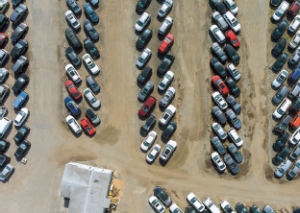 WHEN LIFE GIVES YOU LEMONS
WHEN LIFE GIVES YOU LEMONS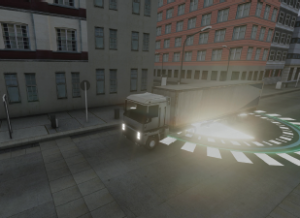 GET YOUR ADAS IN GEAR
GET YOUR ADAS IN GEAR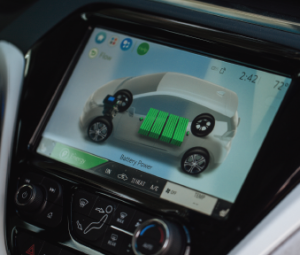 MORE THAN EVER BEFORE
MORE THAN EVER BEFORE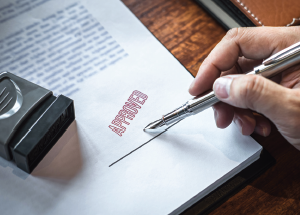 HOWDY, PARTNER
HOWDY, PARTNER ARTIFICIALLY YOURS
ARTIFICIALLY YOURS
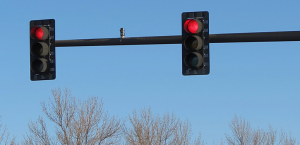








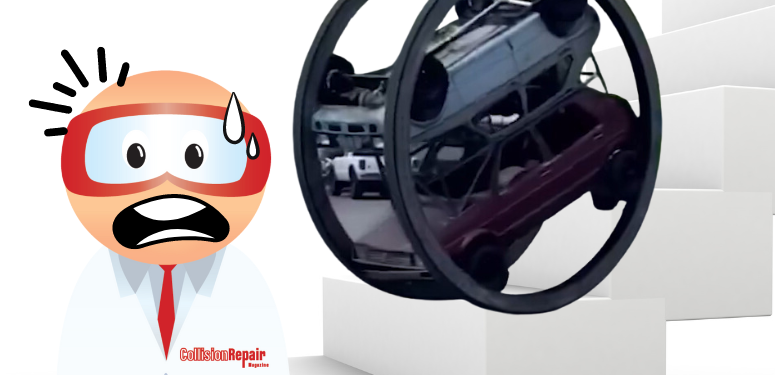























One Response
thanks for info